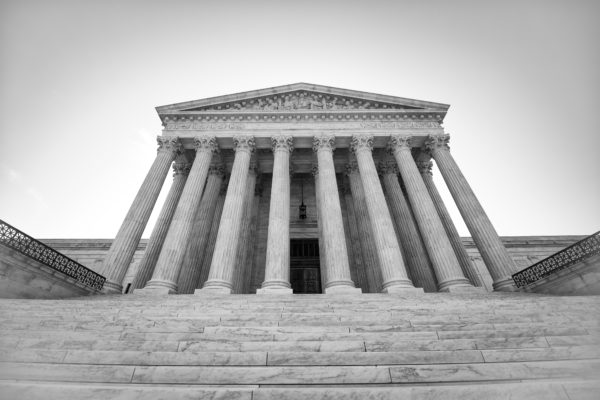In March 2018, The Sedona Conference published another useful guide for e-discovery professionals, Federal Rule of Civil Procedure 34(b)(2) Primer: Practice Pointers for Responding to Discovery Requests. This guide is the result of months of effort by Working Group 1 members.
The document was previously released for public comment in September 2017, and editors considered those public comments before releasing this final version. You can download the document free of charge from The Sedona Conference website.
In this paper, the Working Group tackles the December 2015 amendments to Federal Rule of Civil Procedure 34(b)(2), which addresses problems in requesting and responding to discovery. Throughout the paper, the working group provides sample language and practice pointers when drafting requests, responding to productions, or crafting objections. Further, the appendices are full of recent judicial opinions referencing Rule 34(b)(2). Also in the appendices, readers will find a list of links to standing orders, checklists, and pilot programs issued by various courts across the country.
If you can’t devote time right now to study the 48 page document from The Sedona Conference, this blog summarizes the key ideas included in this helpful e-discovery resource.
The Language of the Rule
The Rule 34 amendments attempted to address problems in the e-discovery process that increased delay and costs. These challenges included the following discovery behaviors:
- Overly broad, non-particularized discovery requests
- Overuse of boilerplate objections
- Failure to clarify whether responsive documents were being withheld on the basis of objections
- Failure to provide any indication of when production would begin in discovery responses
Specifically, the language of the new rule requires:
- A response to requests for production within 30 days of service
- Objections to production requests to be stated with specificity
- Responses must state if responsive materials are being withheld on the basis of objections
- Responses may state that the responding party “will produce documents” but must do so within 30 days “or another reasonable time specified in the response”
Requests for Production
Requests for production should be well-tailored, and not overly broad or disproportionate to the needs of the case. Parties should, where possible, avoid beginning requests with “any and all documents and communications that refer or relate” to a particular subject. In a post-2015 era, this language only increases the likelihood of objections. Instead, The Sedona Conference guides parties to classify their production requests into three categories:
- Requests for specific documents – Documents that are readily identifiable (e.g., tax returns, a personnel file, bank records, board meeting minutes). Here is an example of a specific document request: “Produce plaintiff’s work performance evaluations from 2012 to 2015.”
- “Sufficient to show” requests – Documents on a topic for which information is needed, but the responding party does not need to find and produce every document. For example, “Sufficient to show all locations where Company A did business in 2012 to 2015” would be more appropriate than a request for “all ESI that reflects or relates to the locations where Company A did business.”
- Everything else – Subjects on which the requesting party has limited information regarding the existence of responsive documents. To assist in narrowing, provide examples of documents that might fit the description. In most cases, a discovery conference will help target the request.
Responding to a Request for Production
Unless stipulated otherwise by the court, the responding party must respond to production requests in writing within 30 days of service. This deadline applies to the written response, not the actual date of production. When it comes to the timing of the production, generically stating that “documents responsive to this request will be produced” is insufficient. Rather, the production must be completed by the time specified in the request or another reasonable time specified in the response.
When objecting to or withholding discovery documents, parties need to provide specific reasoning. Boilerplate objections are not allowed, even if used cautiously. Instead, the responding party should identify objectionable aspects of the request, citing the reasoning behind the objection. If possible, a party should also indicate which portions of the request are not objectionable, describing the scope of what it is willing to produce.
For instance, consider these objection examples provided in The Sedona Conference primer:
- Too general: “Company A objects to these Requests to the extent they are not limited in time.”
- More specific: “The Requests do not specify the date range for the requested production. Unless otherwise stated in the response below, Company A will search for responsive documents between January 1, 2014, the date the contract negotiations began, and June 1, 2014, the date the contract was executed.”
Update Your Form Files
E-discovery professionals that do not change behaviors to consider Rule 34 amendments risk the consequences. Before issuing or objecting to your next discovery request, cross-check your language against the guidance provided in The Sedona Conference’s newest paper. Are you using one of the proscribed phrases or is your e-discovery lexicon up to date?
